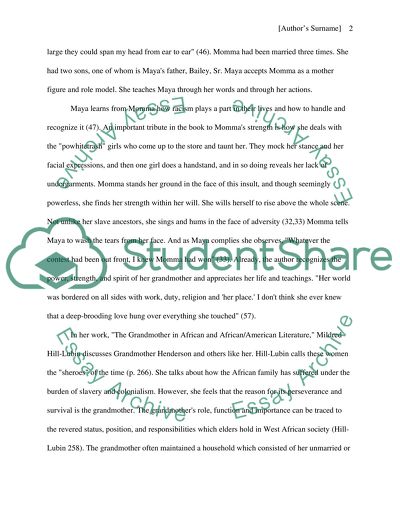Cite this document
(“Maya Angelou's I Know Why The Caged Bird Sings Research Paper”, n.d.)
Maya Angelou's I Know Why The Caged Bird Sings Research Paper. Retrieved from https://studentshare.org/english/1440571-literary-research-paper-on-maya-angelou-s-i-know
Maya Angelou's I Know Why The Caged Bird Sings Research Paper. Retrieved from https://studentshare.org/english/1440571-literary-research-paper-on-maya-angelou-s-i-know
(Maya Angelou'S I Know Why The Caged Bird Sings Research Paper)
Maya Angelou'S I Know Why The Caged Bird Sings Research Paper. https://studentshare.org/english/1440571-literary-research-paper-on-maya-angelou-s-i-know.
Maya Angelou'S I Know Why The Caged Bird Sings Research Paper. https://studentshare.org/english/1440571-literary-research-paper-on-maya-angelou-s-i-know.
“Maya Angelou'S I Know Why The Caged Bird Sings Research Paper”, n.d. https://studentshare.org/english/1440571-literary-research-paper-on-maya-angelou-s-i-know.


